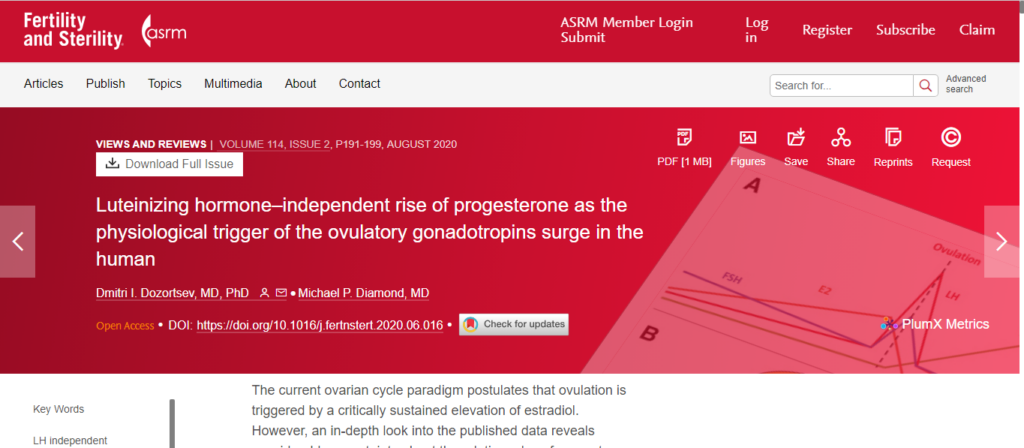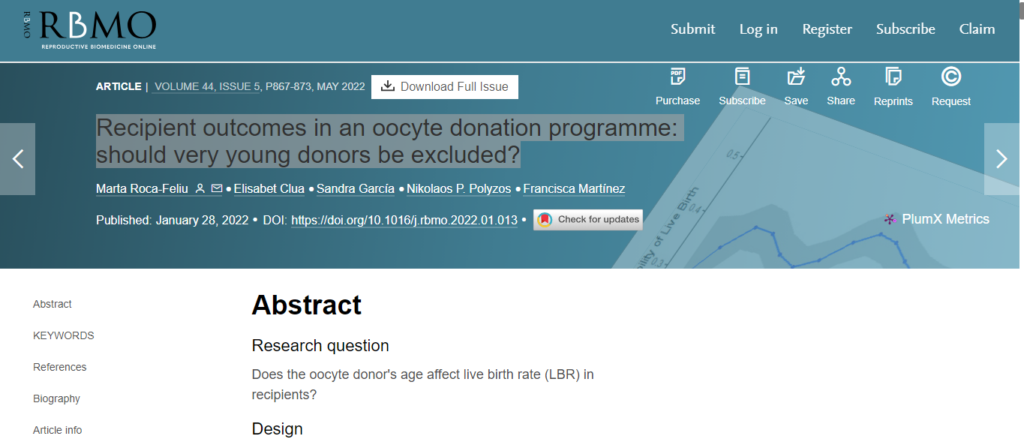Ovarian/Uterine Cavity Rejuvenation in Texas
Ovarian/Uterine Cavity Rejuvenation has emerged as a potential solution for patients with Low Ovarian Reserve, Recurrent Implantation Failure, or a history of thin lining. This fertility treatment represents one of the most groundbreaking developments in recent years. This relatively new procedure may address some of the most common obstacles to achieving a healthy pregnancy.
Ovarian/uterine cavity rejuvenation is an innovative treatment at Advanced Fertility Center of Texas that utilizes a patient’s own blood to harness natural growth factors and cells that can promote ovarian and uterine cavity health.
Benefits of Ovarian/Uterine Cavity Rejuvenation in Texas
- Improve Egg Quality: The treatment aims to enhance the quality of eggs, which is crucial for successful fertilization and embryo development.
- Boost Egg Production: This treatment can potentially increase the number of mature eggs available for fertilization, but this concept needs more research.
- Increase Uterine Lining Thickness: A thicker uterine lining can improve the chances of successful implantation during fertility treatments.
- Enhance Endometrial Receptivity: By improving the receptivity of the endometrium, this therapy supports better outcomes in cases of persistent implantation failure.

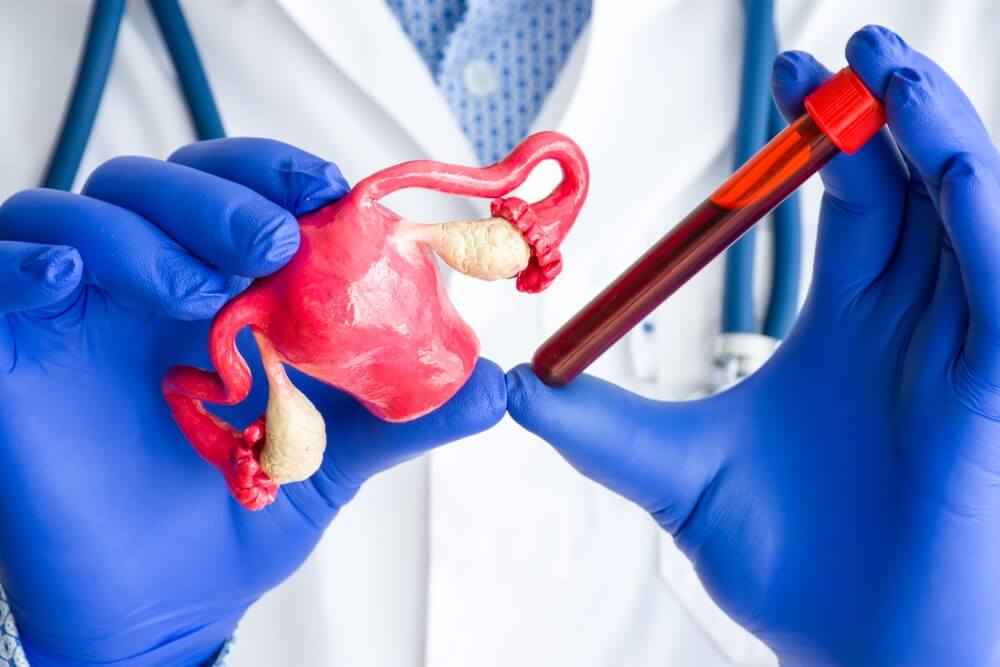
Who is a Candidate for Ovarian/Uterine Cavity Rejuvenation?
You may be an ideal candidate for Ovarian/Uterine Cavity Rejuvenation in Texas if you experience:
- Low ovarian reserve (low AMH or high FSH levels)
- Poor egg quality
- Poor embryo quality
- Early menopause
- Premature Ovarian Insufficiency (POI)
- History of thin lining
- Recurrent implantation failure
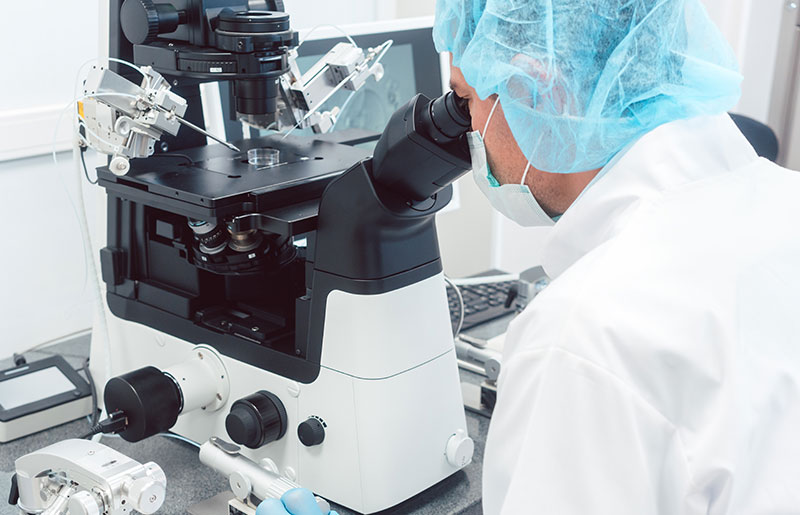
Growing Popularity and Research
While research into Ovarian/Uterine Cavity Rejuvenation is still ongoing, many fertility specialists, including those at Advanced Fertility Center of Texas, report promising results. This has contributed to the growing popularity of the treatment. Some patients may choose Ovarian Rejuvenation before considering donor eggs to enhance their chances of success. It can also be used alongside donor egg cycles and other fertility treatments.
Ovarian Rejuvenation Procedure
This minimally invasive vaginal procedure takes approximately 1.5 hours and is performed under anesthesia for your comfort. Here’s what to expect:
1. Blood collection from your forearm (5 minutes)
2. Laboratory preparation of the blood sample (about 1 hour)
3. Ultrasound-guided injection into the ovaries (25 minutes)
The same procedure is repeated twice, month to month.
Uterine Cavity Rejuvenation Procedure
- Blood collection from your forearm (5 minutes)
- Laboratory preparation of the blood sample (about 1 hour)
- Hysteroscopy-guided injection to your uterine cavity (25 minutes)
A few days later, a similar procedure is repeated:
- Blood collection from your forearm (5 minutes)
- Laboratory preparation of the blood sample (about 1 hour)
- Ultrasound-guided uterine cavity flush only (NO hysteroscopy)
Post-Procedure Monitoring
Following the treatment, you’ll undergo weekly monitoring for 2-8 weeks, including:
- Blood hormone tests
- Vaginal ultrasounds to count ovarian follicles
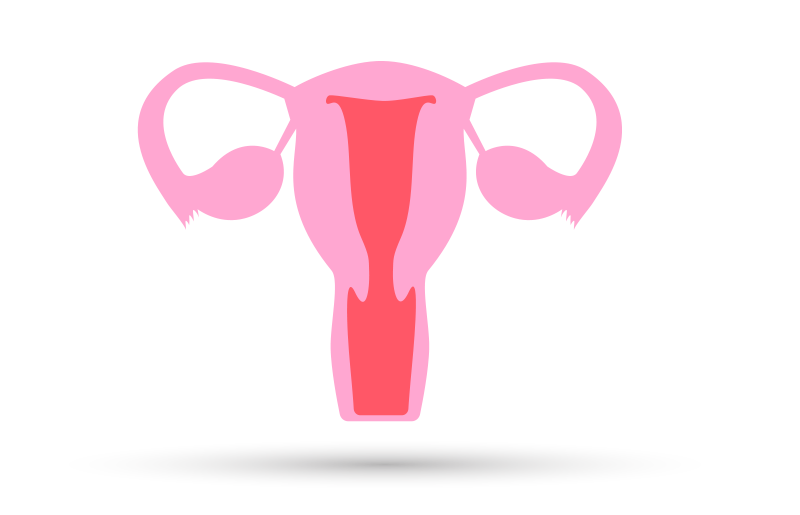
Don’t let fertility challenges hold you back from realizing your dreams of parenthood. Ovarian Rejuvenation at Advanced Fertility Center of Texas in Houston, Spring, and College Station offers a revolutionary approach to address common fertility obstacles.

Integration with Traditional Fertility Treatments
Recent advancements have led to the integration of Ovarian/Uterine Cavity Rejuvenation with traditional fertility treatments such as In Vitro Fertilization (IVF) and Intrauterine Insemination (IUI). This combination is particularly beneficial for patients experiencing Recurrent Implantation Failure (RIF), where multiple IVF cycles have not resulted in pregnancy despite using high-quality embryos, or for patients who, despite having eggs retrieved, had no frozen embryos.

AFCT Testimonial for Ovarian Rejuvenation Therapy
“If you do not push the boundaries, you will never know where they are.” – T. S. Eliot.
“Working with only one ovary and quite a bit of scar tissue from previous endometriosis surgeries, we went into this journey with realistic expectations. After getting no viable embryos in the first round and only one in the second round, we were disappointed but knew we weren’t done trying quite yet. We were pleasantly surprised when Dr. Allon suggested we try two rounds of Ovarian Rejuvenation injections before our third round to help give us the boost we may need.
We were familiar with the treatment in athletic and orthopedic medicine, but we hadn’t come across it in any of our fertility research. The science made sense though and we decided to give it a shot. The proof that it worked came earlier than expected though because while waiting to start our third round of IVF, mother nature decided to take the matter into her own hands. Sitting here now with our beautiful healthy daughter, Ainsley Jo, and we know we chose the right people for the job.
Thanks to Dr. Allon, Amy, and all the staff at Advanced Fertility Center of Texas, our family has a new bundle of joy and a renewed hope for more in the future. Their willingness to stay at the forefront of fertility medicine and do whatever is necessary to see their clients through to the finish line is inspiring and we couldn’t have asked for better guides in this adventure.”
– The Garner Family
AFCT Testimonial for Ovarian Rejuvenation Therapy
“If you do not push the boundaries, you will never know where they are.” – T. S. Eliot.
– The Garner Family


